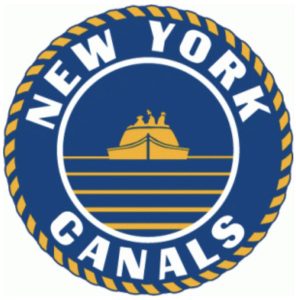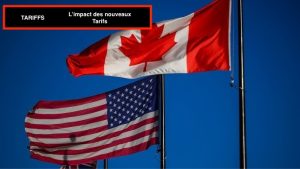Registering a boat in Canada
Boaters can choose between two types of registration. These are either a Pleasure Craft Licence (free of charge) or a Blue Book registration (with a $ fee).
Transport Canada manages boat registrations for both pleasure craft and commercial vessels. The focus here is on pleasure (non-commercial) boats owned by Canadian residents.
In Canada, it’s mandatory to register a boat that meets Transport Canada’s criteria, whether it’s new or used, under penalty of fine.
There are two types of registration:
– Registration, commonly known as Blue Book
– Pleasure craft license QC 9999999 (or other for other provinces).
This name must be clearly visible on the rear of the boat (transom) with its registration port. Of course, this name must be unique in Canada.
It costs approximately $250 CAD for registration. There are all kinds of fees that apply depending on the method you take. For example, if you reserve the name in advance, you change the name after a certain time, the boat changes ownership, etc.
The procedure is very well documented on the Transport Canada website, there are additional criteria that can apply depending on the size of the boat like a gauge, it depends on its characteristics. If the boat is the subject of a maritime mortgage, normally the lending institution registers a link on the Transport Canada website. But there is also the RDPRM in Quebec which is not linked to the Transport Canada website.
This type of recording is more common when taking boat trips outside of Canada. Maritime authorities in other countries find it easier to find this type of registration on the internet and thus its legitimate owners.
Type QC pleasure craft license
This type of recording is completely free and is done live on the Transport Canada website. You have documents to attach and it’s done. You will get your identification letters and numbers to affix to the front of the boat on the port and starboard sides.
Transport Canada will issue you a paper permit.
The boat must have an engine of 10 HP or more.
You can also put a name on the back of the boat, but this is then considered a decoration, it has no value and is in no way related to a license or registration.
What to choose:
The Transport Canada site is well documented and explains both types well, click here.
N.B. Registration does not refer to tax payments, just because your boat is registered (or with a boat license) does not mean that taxes are paid.
Here is a link to request a registration (Blue Book): several criteria and requirements apply, refer to the Transport Canada website for a registration called Blue Book:
Here is the documentation for a free pleasure craft license (QC 9999999):
Click here for the direct link.
Do not hesitate to consult a professional who understands the nuances between the two ways of registering your boat in Canada.
You should always have on board the boat your registration or registration as well as your proof of insurance and why not, your purchase contract, in fact, if you leave Canada you will have everything on hand in order to be able to respond to the customs officer for questions relating to taxes.
Concept of INBOND
On another note, some associate the term IN BOND with different types of recordings. This is not related at all.
When we hear the term INBOND, it refers to a boat registered or recorded in Canada but which has never paid the applicable taxes in Canada and its province.
This boat cannot be navigated in pleasure mode on bodies of water in Canada.
It can, however, be imported into Canada for repairs and wintering thanks to a temporary importation authorized by the Canadian Border Services Agency made under form E29-B (see this explanation on the ItaYachtsCanada.com blog).
BOAT LICENSE
The subject sometimes confuses boaters, we often use the terms driver’s license, boat license, boat card, driver’s card, in short we use different words to attract you to their website, but we must make a difference with what each boater must have as proof of aptitude or competence to drive a boat (which depends on the person) and the registration or registration of the boat (THE PHYSICAL GOOD).
THE REAL TERM USED BY TRANSPORT CANADA IS:
PLEASURE BOAT DRIVER CARD OR CCEP
It is a license that will allow you to drive a boat. To do this, you must follow a training course which is offered by associations or companies for a fee. The boat license or boat license has nothing to do with the registration or boat license.
The brokers at ItaYachtsCanada are aware of all this, contact us at 514-521-1221
Views: 162











